Helambu trek is a perfect short trek nearby Kathmandu Valley. Despite being near to Kathmandu, the Helambu region remains relatively unspoiled. Besides the Hyolmo culture of high mountain people, the presence of green rhododendron and bamboo forests, majestic waterfalls, and the snow-capped Himalayas will make the trek one of the most diverse treks near Kathmandu. The great Himalayan scenery at the border with Tibet and monasteries make a trek to the region a fascinating experience.
Helambu Trek Overview
The people living in the highlands of the Langtang region are certainly the Nepalis, being the descendant of the Tibetan origin, they still look like Tibetans. The Helambu Trek begins from Sundarijal, an hour’s drive from Kathmandu. After about an hour’s walk, we enter Shivapuri National Park. Continuing along the Chisopani, Kutumsang, Thadepati, and Sermathang, the trek ends at the Melamchi Pul Bazar in the Helambu region. The trek passes through thick mountain forests with great Himalayan views. Towards the end of the trip, you will trek through some beautiful rice terraces and a number of splendid Buddhist monasteries.
Meals and drinking water:
Along the Langtang Region Trek, you’ll be provided with various Nepali, and Tibetan ethnic cuisines and varieties of western meals to choose from. The region has a number of tea-house every hour so typically run by local inhabitants providing basic and minimal facilities. Try various traditional cuisine and popular snacks including locally made dairy items such as cheese, Churpi, and milk-based delicacies and baked items. Also try Sea buckthorn juice, a Himalayan delicacy.
Similarly, drinking water taps are accessible with natural water supplies which are untreated, so direct use of the water is not recommended, you may refill boiling water or cold filter water from any of the teahouses. However, if you buy a water purification tablet, chlorine drops or utilize SODIS (sunlight assisted) filtration procedures for further assurance, saving money, and reducing plastic pollution.
Accommodation:
Local accommodations are available in trekking lodges and teahouses which are located all along the trail every hour or so, providing basic accommodation, food, and electricity. The room mostly includes twin sharing beds as well as a single bed, with a hygienic and clean atmosphere and good mattresses which reduce your backpack weight. Travelers can find cozy accommodation with a central fireplace in the dining room, providing warmth and a communal space to relax and share stories with fellow adventurers. For those who prefer to be closer to nature, campsites are scattered along the trail, offering a unique experience under the stars.
Best time to visit?
The best season for trekking in the Langtang region is during the season of autumn and spring.
The months of September, October, November, March, April, and May are the best time to visit. These months are better in terms of visibility and climate conditions providing good conditions for exploring the high mountain terrains.
During the autumn season, the months of September, October, and November bring clear weather with great visibility and warm temperatures providing a perfect opportunity to trek on high Himalayan terrains.
The spring season of March, April, and May is also the best time to visit Langtang valley, the end of winter bring change in the topography of the region with varieties of lush blooming trees of Rhododendron, a mixture of Confers, Oaks with Orchids and ferns with high pasture lands covered with colorful wildflowers with mild temperatures and clear weather.
Monsoon season is not favorable as the weather gets harsh and it’s hard to get around the country, so the monsoon season is mostly avoided by trekkers.
Winter transforms the Langtang region into a snowy wonderland. Trekkers should be aware that while the scenery is stunning, heavy snowfall covers most of the trails. This makes reaching higher elevations extremely difficult, if not impossible, due to limited access in many areas.
Physical Condition & Experience Requirements:
The Helambu trek usually demands 5 to 6 hours of walking daily. Our 9-day Helambu Trek is categorized as a moderate trek as it takes you to a moderate elevation. Interested people who have the ability to walk at least 5-6 hours per day with a light day pack can enjoy this trek. Helambu Trek is suitable even for kids and elderly people who are looking for a moderate type of trek. If you are in excellent health with average physical fitness, you can do the Helambu trek successfully. Exercising and jogging regularly for some weeks prior to the trip is an advantage to enhance your strength and stability. It is important you consult with your doctor before you decide to sign up for the Helambu Trek. Participants with pre-existing medical conditions such as heart, lung, and blood disease should inform Alpine Club of Himalaya before booking the trek.
Important Note
Your safety is of paramount importance to us at the Alpine Club of Himalaya. We have the absolute authority to cancel the trip or change the itinerary, when deemed necessary or when we have reason to believe your safety is at stake. Weather conditions, the health condition of a group member, natural disasters, and such, can contribute to changes in the itinerary when traveling in remote mountainous regions. In these extreme situations, we kindly request that you offer your full co-operation to the trusted leader of the group appointed by the Alpine Club of Himalaya. However, we assure you that we will make every effort to keep to the above itinerary.

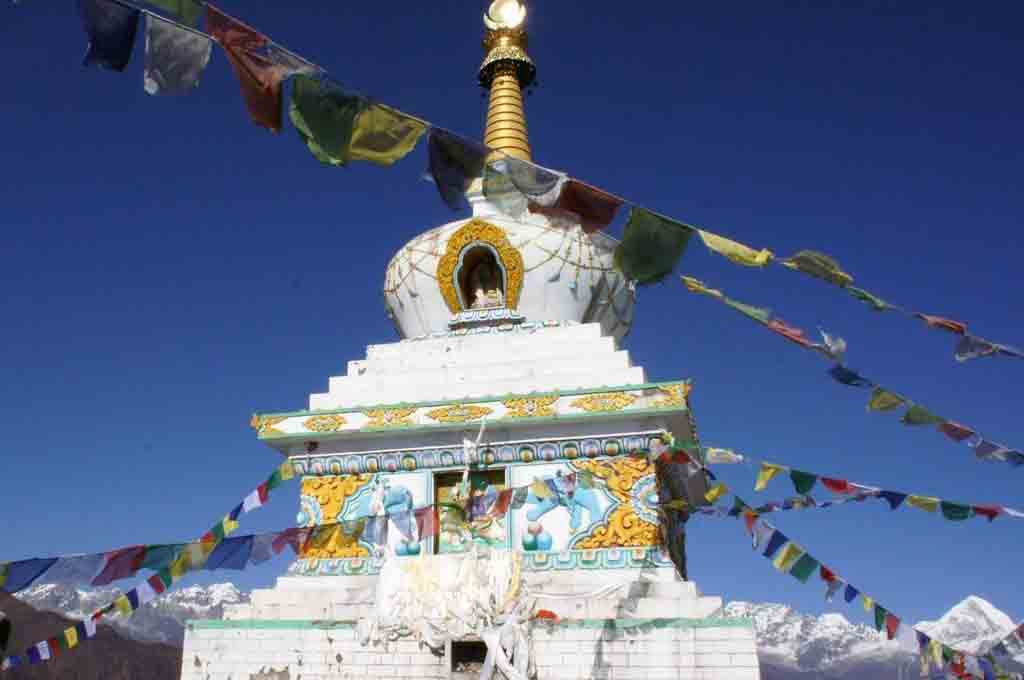
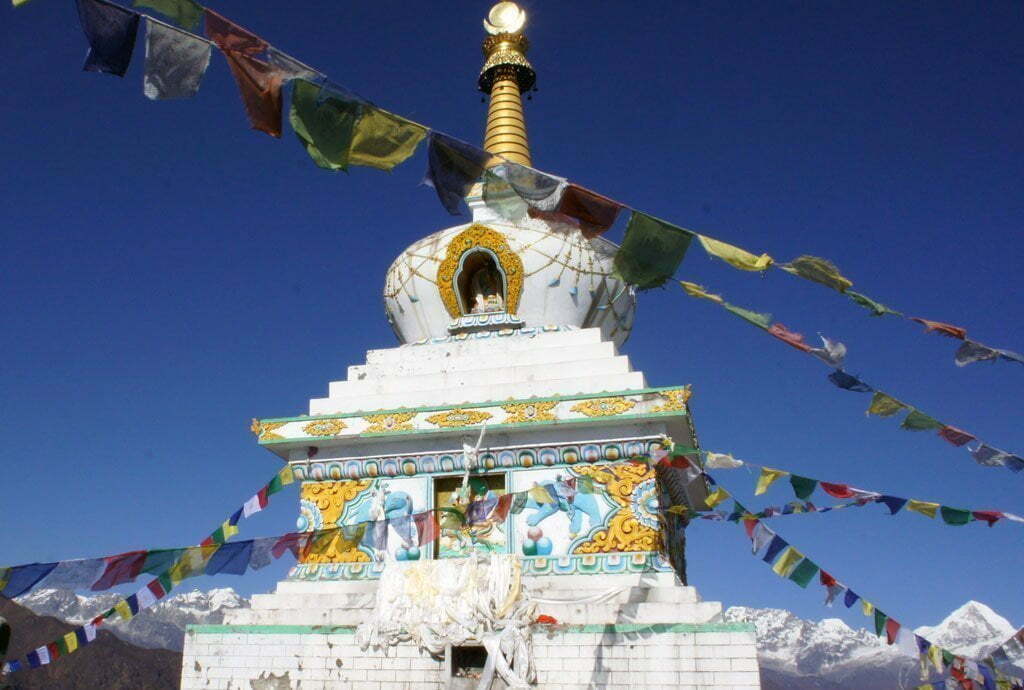







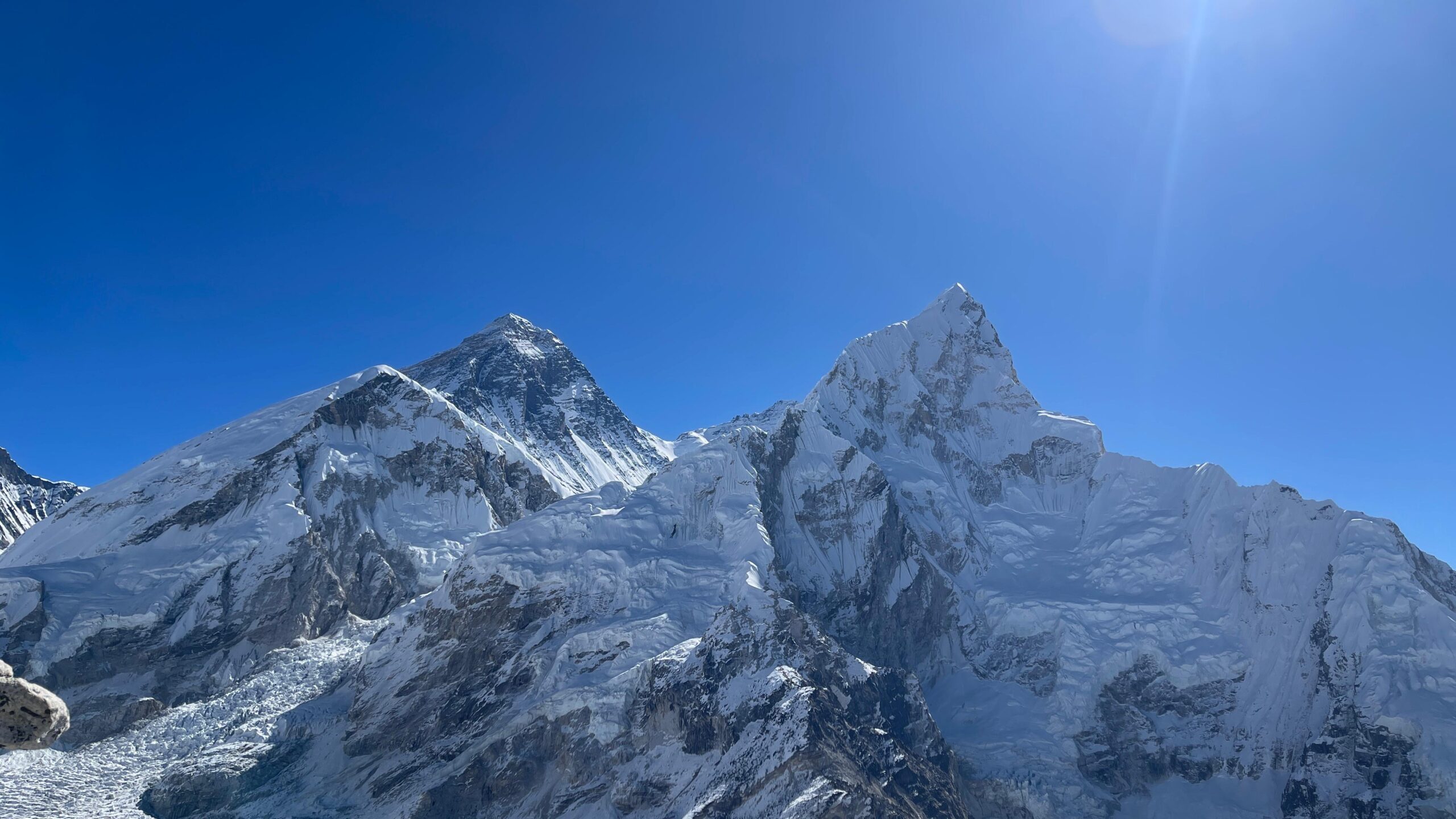
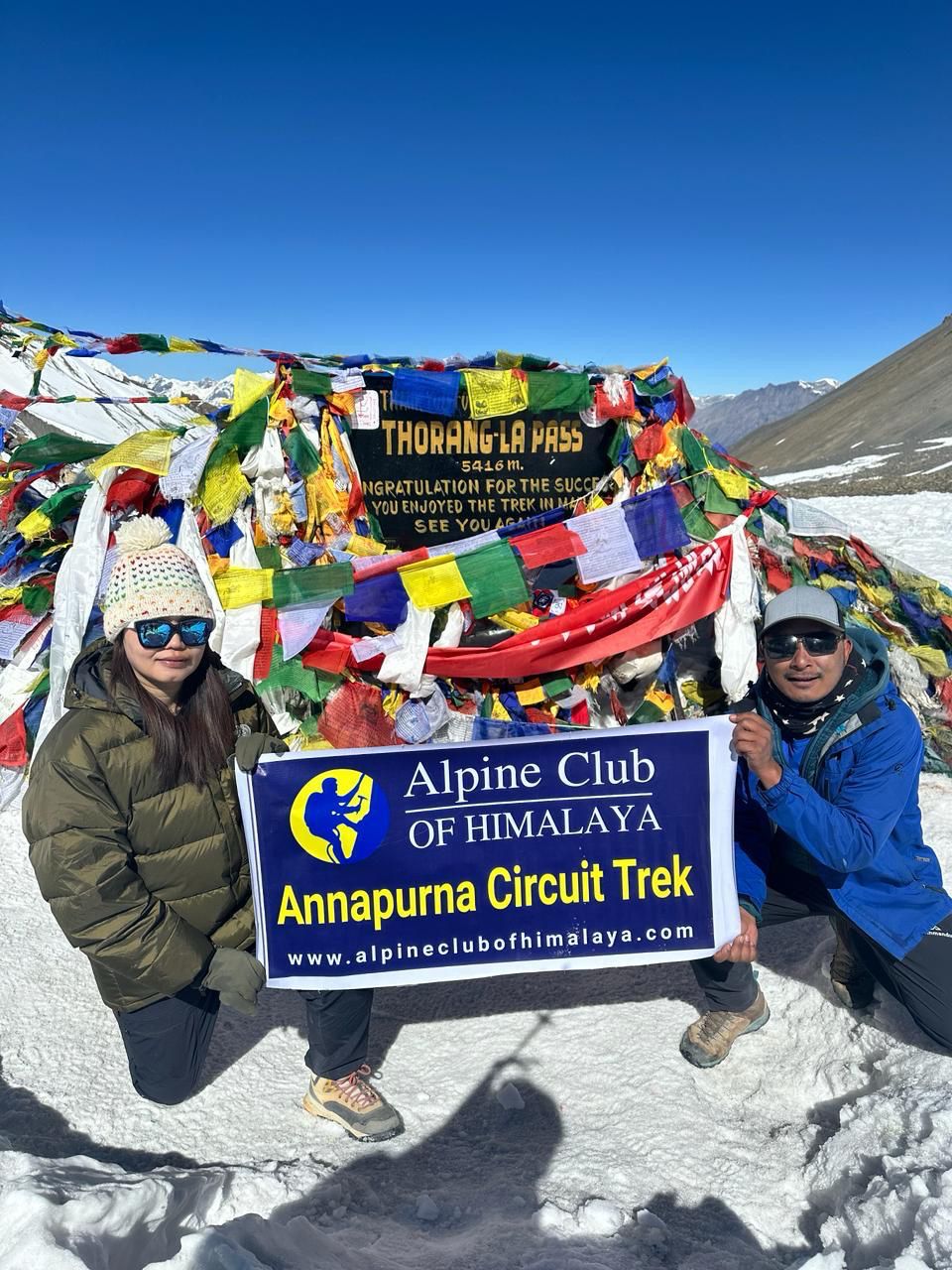
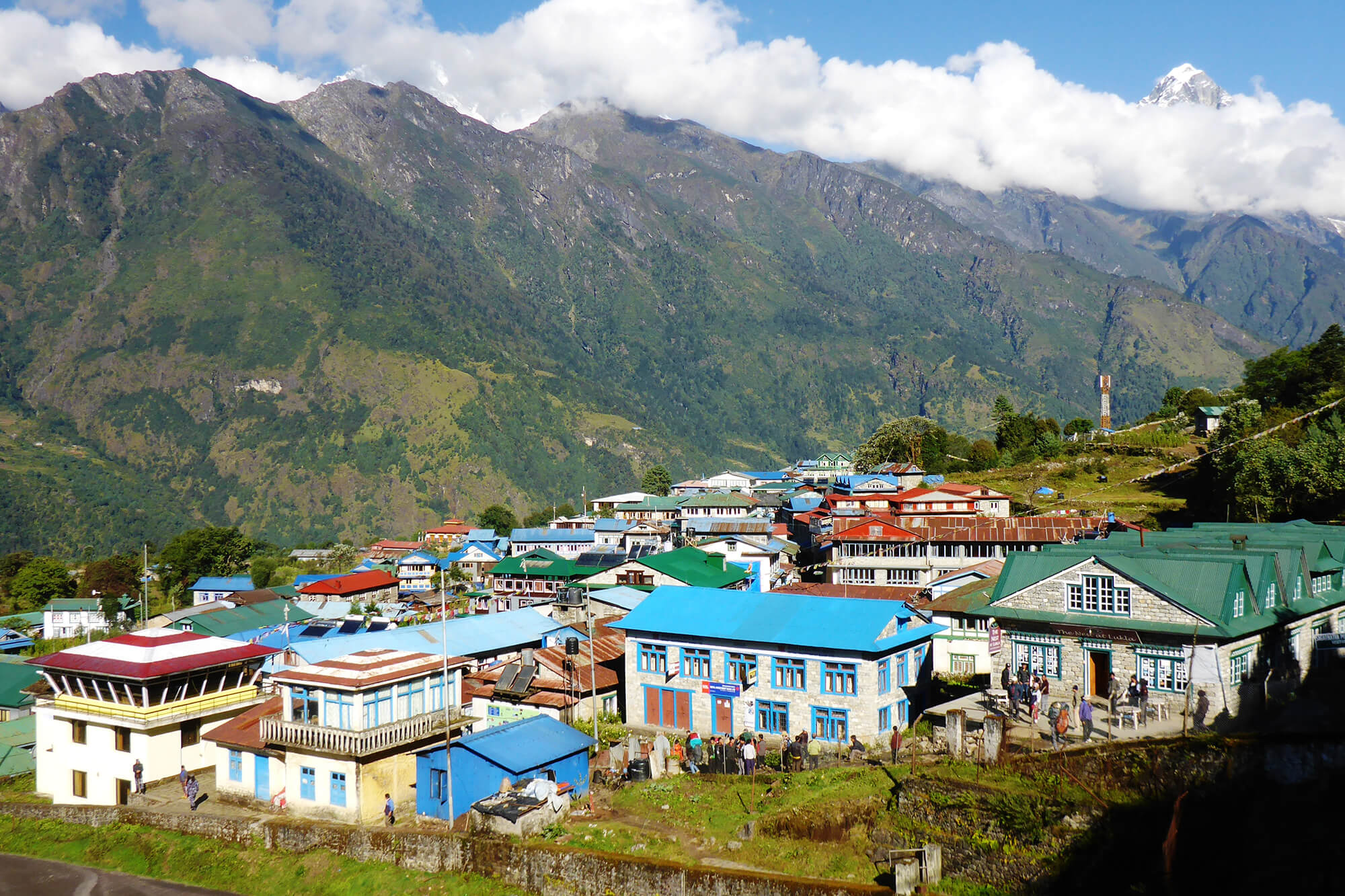
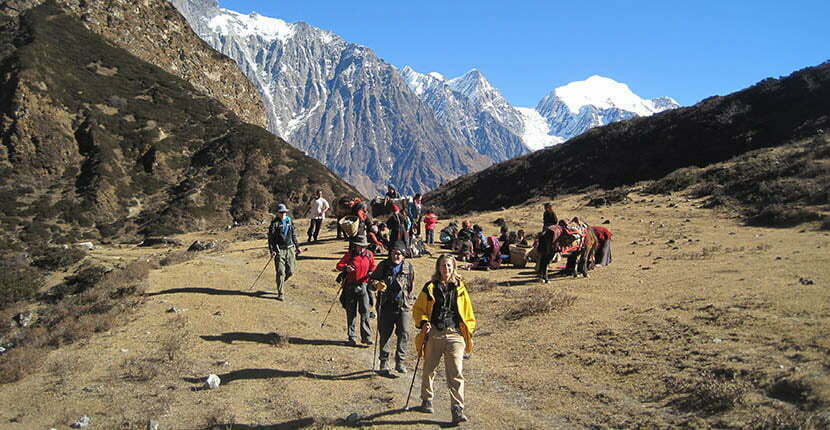
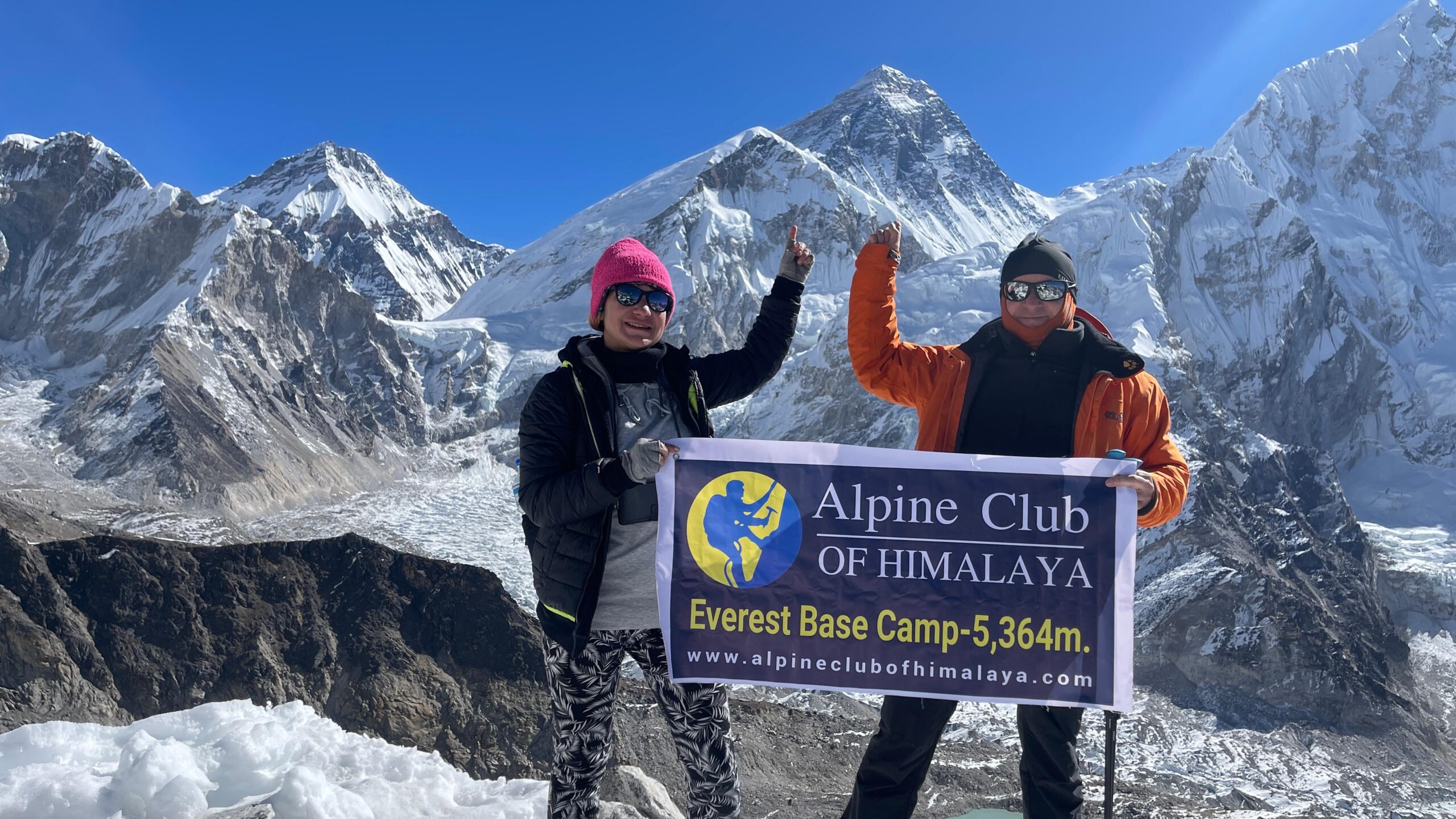
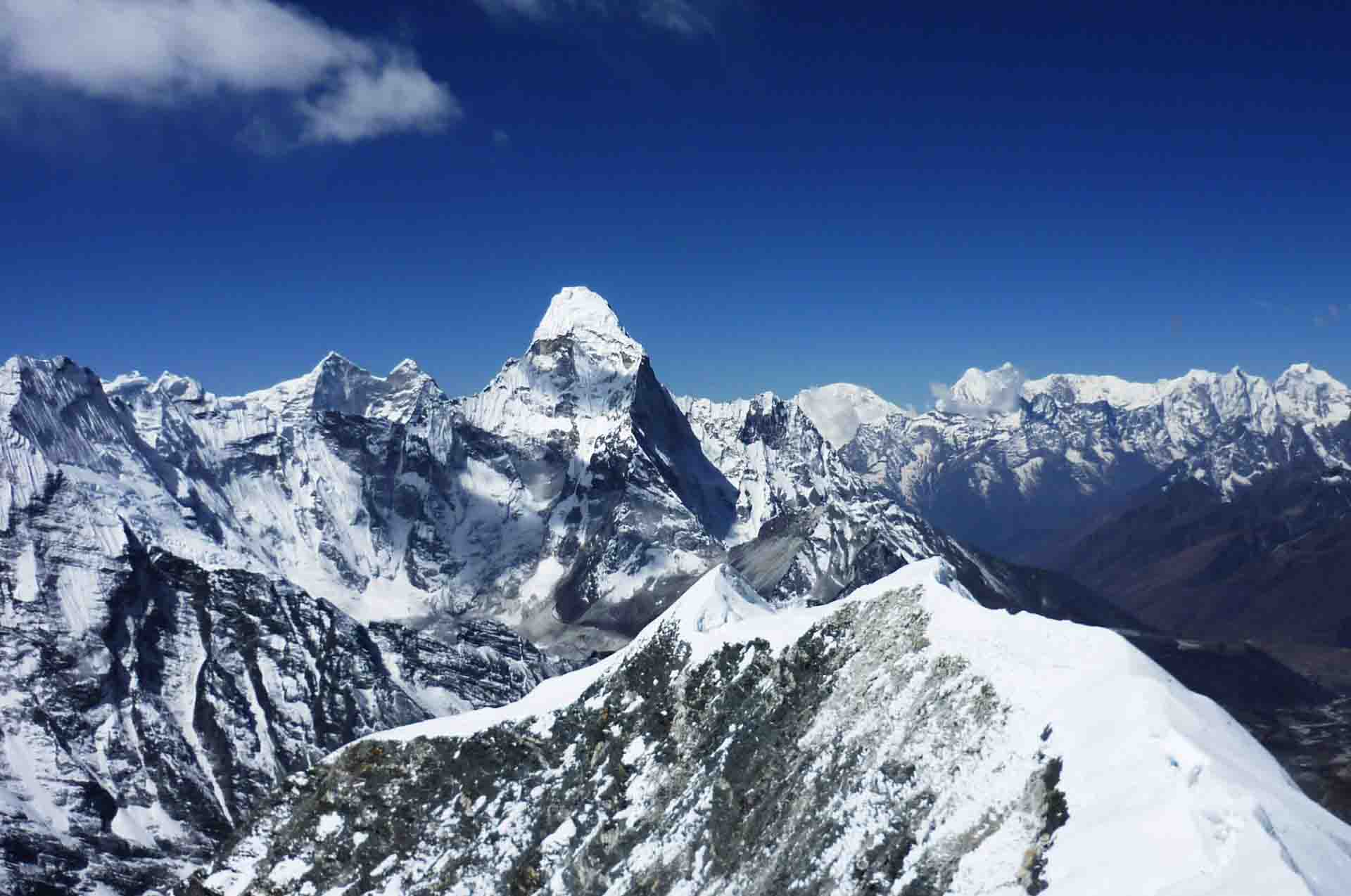
Write a Review